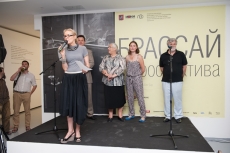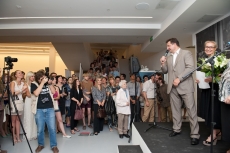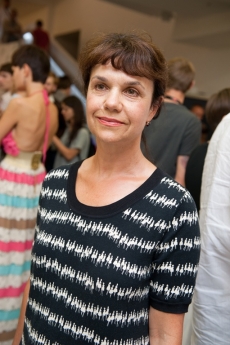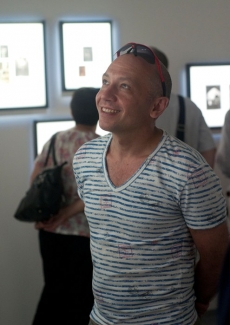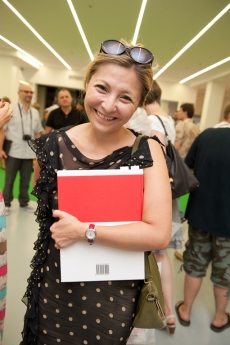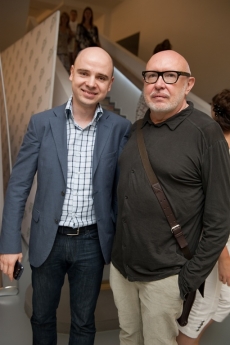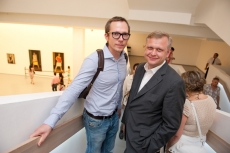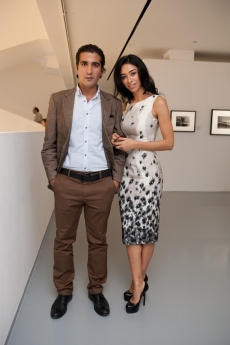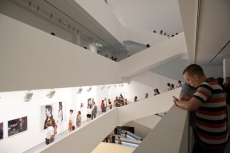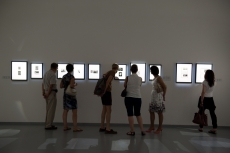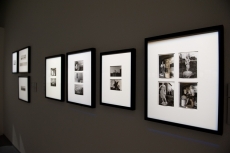Little Photographs
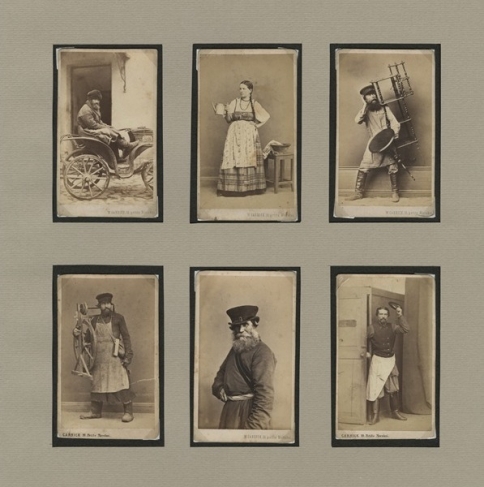
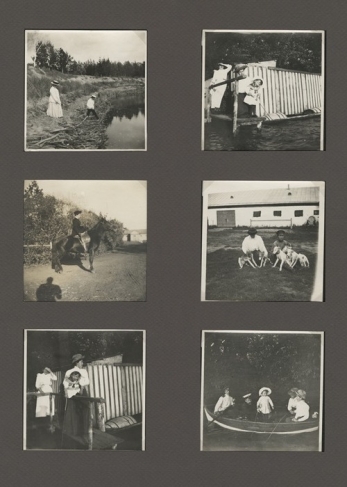
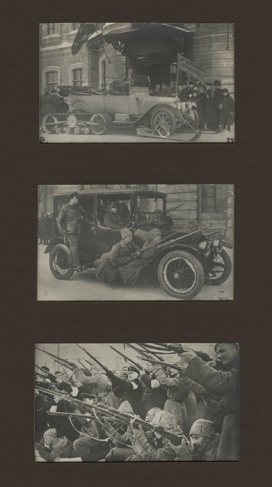
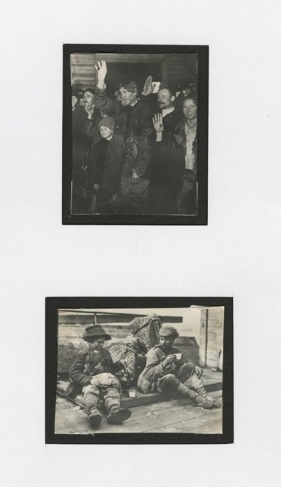
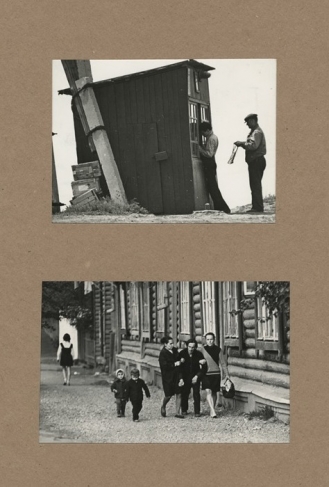

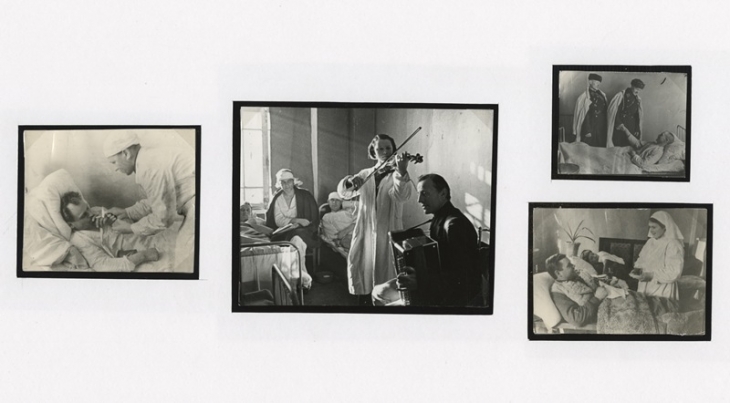
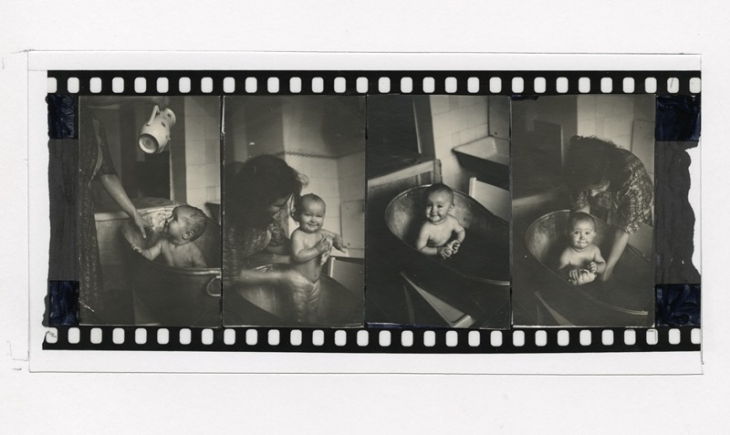
William Carrick. Russian Types. Saint-Petersburg. 1860s. Gelatin silver print. Private collection
Unknown photographer. Summer in the Ancestral Estate of Piotr Durnovo (Russian Interior Minister), Treskino, Saratov Government. 1914. Gelatin silver print. Nadezhda Durnovo Archive
Unknown photographer. Automobile-Sledge of Nicholas II in the Hands of Revolutionary Masses. Petrograd. 1917. Yakov Shteinberg. First Days of the Revolution. Petrograd. 1917. Gelatin silver print. Private collection
Arkady Shaikhet. Meeting at a Collective Farm. 1928. Foot-Messengers and Wanderers. 1924. Gelatin silver print. Private collection
Yury Rybchinsky. Stall. Belgorod Region. 1970s. ‘After a friendly visit’. Pereslavl-Zalessky. 1979. Gelatin silver print. Artist’s collection
Alexander Rodchenko. Daughter. Moscow. 1927. Mother and Daughter. Moscow. 1926. Mother, Daughter and Wife. Moscow. 1930. Gelatin silver print. Private collection
Yelizaveta Mikulina. ‘Have a light’. A Concert for the Convalescent. Sons Visiting their Father. The Arriving Wounded are Being Welcomed by a Cup of Tea. Evacuation Hospital #2386. 1942. Gelatin silver print. Private collection
Viacheslav Butuzov. Bathing One’s Daughter in a Communal Flat. Moscow. 1952. Gelatin silver print. Private collection
Moscow, 1.08.2012—26.08.2012
exhibition is over
Share with friends
Curator: Sergey Burasovsky
For the press
The ’Little Photographs’ exhibition presents unique photographic materials by such classics of Russian photography as Alexander Rodchenko, Sergei Prokudin-Gorsky, William Carrick, Georgy Zelma, Arkady Shaikhet and Dmitri Baltermants, by recognised contemporary photographers like Yuri Rybchinsky, Vladimir Filonov, Viktor Akhlomov and Sergey Burasovsky, and also by unknown photographers.
The exhibits include numerous contact prints, test sheets, studio portraits intended as ’mementos’, congratulatory photo cards, sketches of everyday life and experimental versions of photographs the audience will already know from final prints. Especially valuable are images never previously printed and preserved only as test shots — for example, a number of photographs by A. Rodchenko.
In our day-to-day existence we have all used photographs of widely differing sizes. The most appropriate dimensions for exhibitions were from 30×40 cm up to several metres. Prints of 24×30 or 18×24 cm were utilised for publication in newspapers and magazines. The most popular size for family albums was 9×12 cm. Official documents required snapshots of 6×4 or 3×4 cm. Professional photographers made contact prints or test prints measuring from 24×36 mm to 9×12 cm for working with or storing negatives.
There was huge demand for print runs of photo postcards (10×15 cm). Photographers were keen to print photographic miniatures that were then used as gifts to friends or greeting cards.
Developments in technology and computer science have simply eradicated the demand for many small forms of photography: contact and test prints have been replaced by digital files, domestic albums by online galleries on Odnoklassniki, Facebook, etc.
In this exhibition we show the remarkable refinement of the vanishing small photograph, an art object that is no less compelling than large-scale images.

